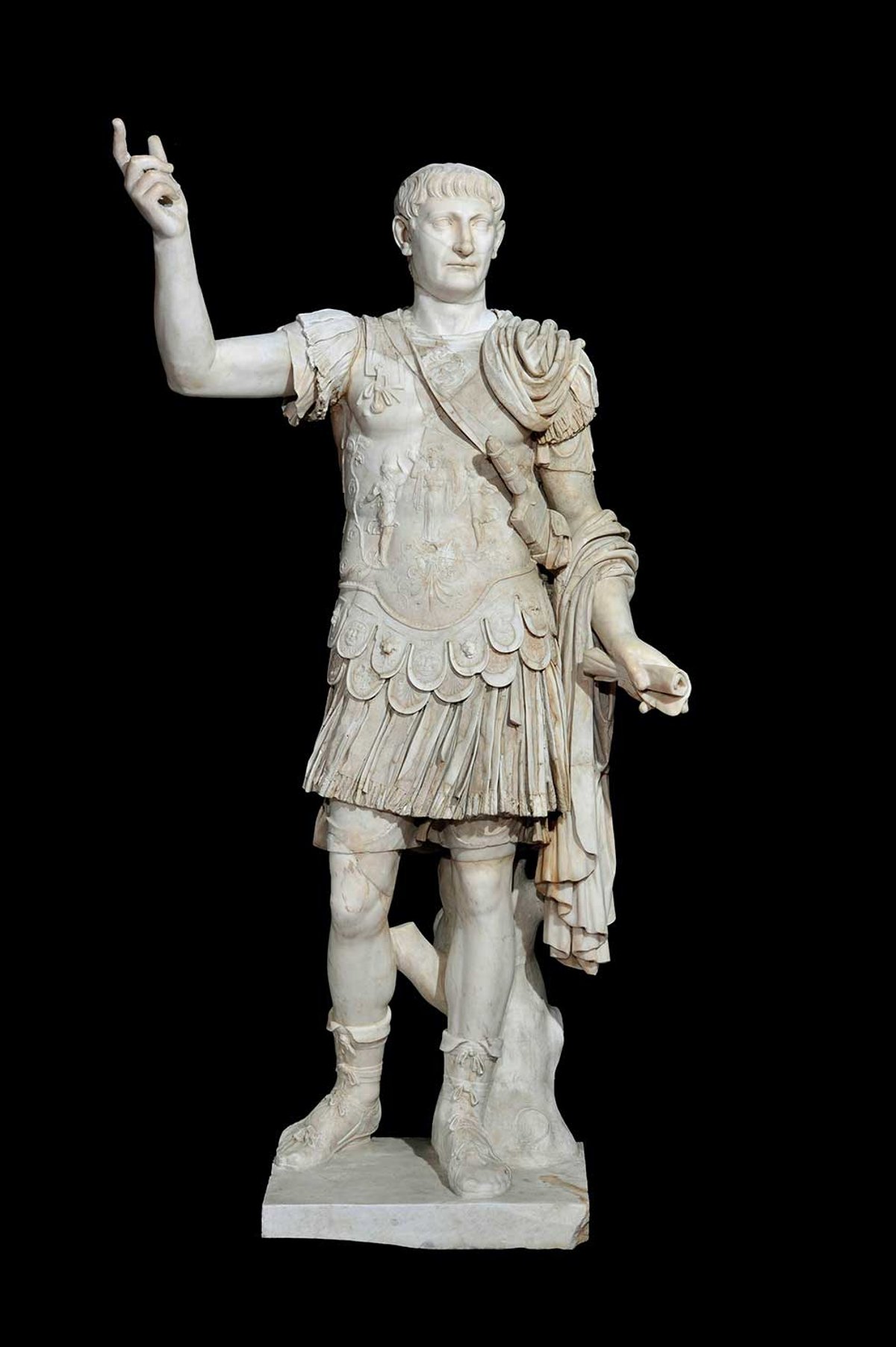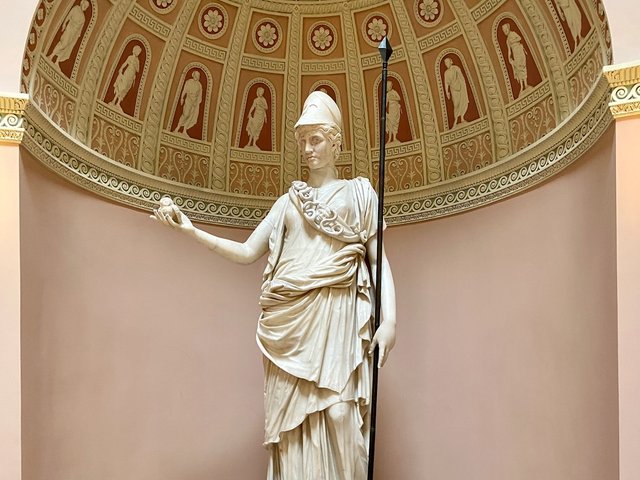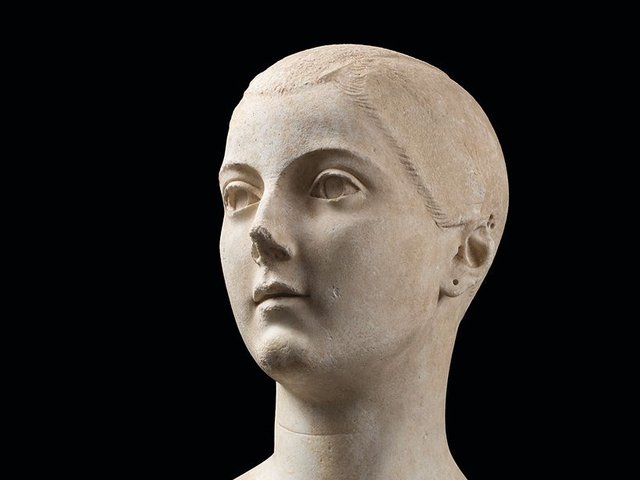Ancient Rome reached its apogee under Trajan, emperor from AD98 to AD117. The empire would never be larger than when he died, aged 63, and his rise from humble Spanish origins to a reign marked by military triumphs and civic beneficence gave Rome what we might now call a rebranding. Trajan’s story, and his era’s artistic legacy, will reach the US this month, when the Museum of Fine Arts, Houston opens Art and Life in Imperial Rome: Trajan and His Times.
The genesis of the exhibition dates to 2021, when StArt, an Italian museum consultancy, approached Houston with the idea, says the museum’s longtime director Gary Tinterow. StArt negotiated the loans, he says, which draw extravagantly on several of Italy’s most important antiquities collections, including the Museo Archeologico Nazionale di Napoli (Mann), and the Vatican Museums.
Standout Mann works coming to Texas include a 2m-tall marble statue of Trajan, dating to the early second century. Another oversize statue, of Sabina, the wife of Trajan’s successor Hadrian, is arriving from the archaeological park at Ostia Antica. The work, showing Sabina dressed as the goddess Ceres, has never been loaned outside Italy, says the show’s in-house curator, Danielle Smotherman Bennett.
No more big wigs
The art and objects of Trajan’s reign, Bennett says, have distinct characteristics, including “simpler lines” and default depictions of the emperor dressed as a soldier rather than a deity or a patrician. Depictions of women also differed, she adds, citing the colossal portrait of Plotina, Trajan’s wife, on loan from the Vatican’s Museo Pio-Clementino. The figure’s hair, she says, has a less adorned style than “those big wigs with elaborate curls” that marked earlier depictions of women.
The show will travel in March 2026 to the Saint Louis Museum of Art, which is loaning, among other works, a Corinthian capital to the Houston show. US-based loans are coming from the J. Paul Getty Museum, Houston’s Menil Collection and a private Texas collector, who is contributing a 16th-century hand-coloured engraving of a map showing ancient landmarks still visible at the time.
The Houston and St. Louis versions will cover different ground. The Texas museum’s galleries can accommodate gigantic objects—such as a recreation of a 3.6m section of Trajan’s Column—which will not travel. While in St. Louis, smaller galleries will go into more detail about Ostia, Ancient Rome’s harbour, which Trajan expanded during his reign. Both shows will recall the emperor’s civic works, such as the grand rebuilding of the Circus Maximus, the site of Rome’s chariot races, which dwarfed the Colosseum. A funerary monument, on loan from the Vatican, depicts a chariot race.
Ancient Rome has become an unlikely meme in the US, with TikTok references to the Empire attracting views by the billion. Discerning museumgoers will no doubt come to admire the discreet elegance of rare objects, such as the group of greyhounds that decorated the villa of Emperor Antoninus Pius, who reigned a generation after Trajan. But Tinterow is intent on attracting a wider audience, drawn, as the meme suggests, by Ancient Rome’s macho gravitas. “I hope all those people will come,” he says.
• Art and Life in Imperial Rome: Trajan and His Times, Museum of Fine Arts, Houston, 2 November-25 January 2026




